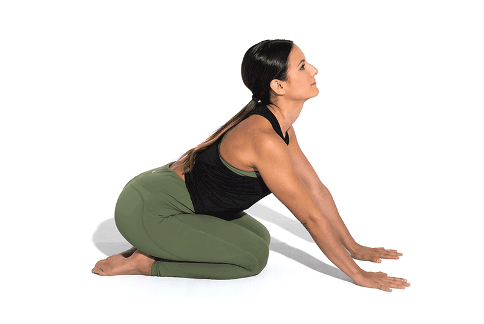Make an Appointment
When the structures surrounding your shoulder aren’t working properly to hold the ball in the socket, this means you suffer from shoulder instability.
In some cases, you may experience pain associated with shoulder instability. For others, it isn’t painful but still prevents you from taking part in all the activities you enjoy or just performing the simplest of tasks.
Here, we’re going over the causes, symptoms, and treatment of chronic shoulder instability with ways our trusted physiotherapists can help.
Causes of Chronic Shoulder Instability
Our shoulders are one of the most mobile joints in our body. It can help you lift and reach from most angles and it can rotate in ways many other joints can’t. But, with greater mobility comes higher instability.
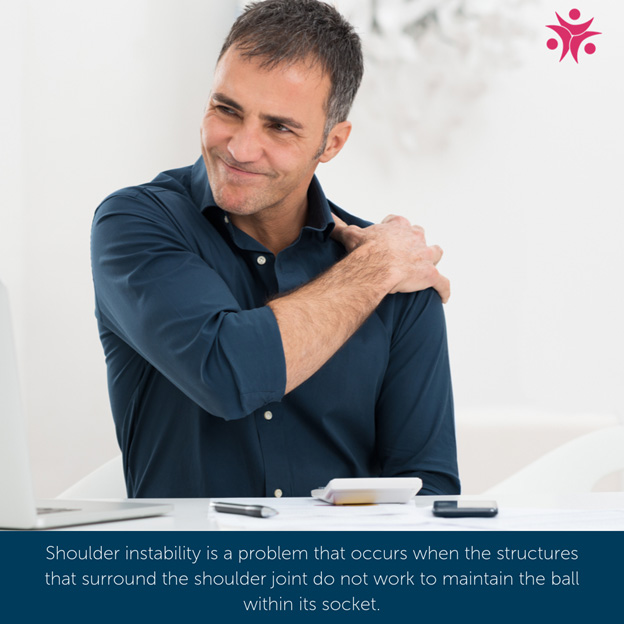
Whether caused by overuse or a sudden injury, shoulder instability is often associated with subluxation (partial dislocation of the shoulder joint). When the head of the upper arm bone is forced out of the shoulder socket, it usually impairs the shoulder’s, albeit limited, ability to stabilise the joint.
Furthermore, shoulder instability can be split up into two categories: post-traumatic and generalised.
Post-traumatic chronic shoulder instability is caused by a shoulder injury like a stretched or torn ligament. Generalised (atraumatic) chronic shoulder instability describes naturally loose joints. In this case, people are typically extra flexible or double-jointed.
It’s important to know which type of chronic shoulder instability you’re dealing with when meeting with your physio. It’ll help in the treatment process, but more on that later.
Chronic Shoulder Instability Symptoms
Of course, everybody is different and will respond to chronic shoulder instability symptoms differently. But, if you’ve recently had a shoulder injury, you’re an athlete, or you’re double-jointed, these are some common symptoms to look out for:
- Pain in the shoulder joint
- Repeated shoulder dislocations
- Feeling of the shoulder “giving out”
- A sensation that your shoulder joint is loose or slipping
It’s important not to push through any of these symptoms as it could lead to tears and irreparable damage to your shoulder and in some cases surgery.
Chronic Shoulder Instability Treatment
The good news is, chronic shoulder instability is treatable in the following ways:
- Chronic shoulder instability exercises
- Anti-inflammatory medication
- Cortisone injections
- Chronic shoulder instability surgery
If you’re showing symptoms of shoulder instability, the chronic shoulder instability rehab protocol is to start with non-surgical means. Keep in mind, it could take months of physiotherapy and strengthening exercises before you see results.
From there, it can be discussed whether surgery is necessary but our physios are committed to doing our absolute best to avoid the chronic shoulder instability surgery cost.
Exercises to Help Chronic Shoulder Instability
During your chronic shoulder instability rehab, your physio will help you through some strengthening exercises to help hold your shoulder in its proper position and avoid the chance of dislocation as much as possible.
Strengthening exercises for chronic shoulder instability include:
- Standing row: Using an elastic band or light hand weights, stand with your elbows next to your ribs with arms bent at a 90-degree angle. Squeezing your shoulder blades together, bring your elbows toward the wall behind you before returning to the starting position.
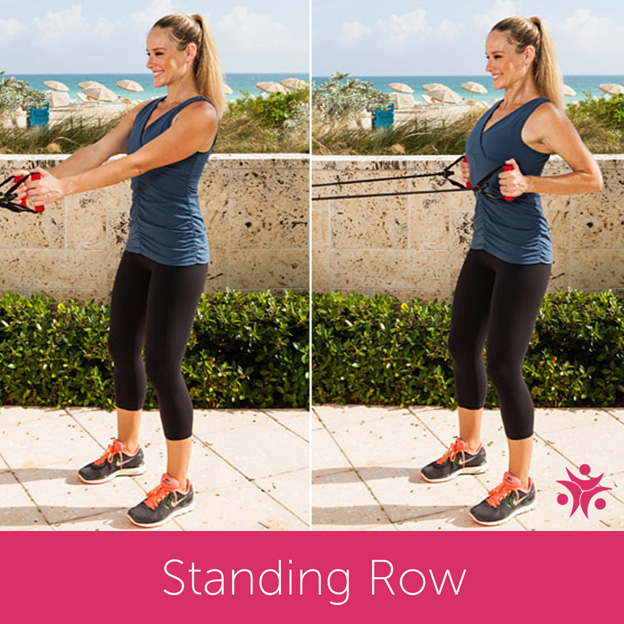
- External rotation with arm abducted 90 degrees: Using an elastic band or light hand weights, start with your arm bent at a 90-degree angle with your elbow lifted in line with your shoulder and your wrist out in front of you. Keeping your elbow in line with your shoulder, lift your wrist in line with your elbow, toward the ceiling. Return to the starting position and repeat. Then repeat with the opposite arm.
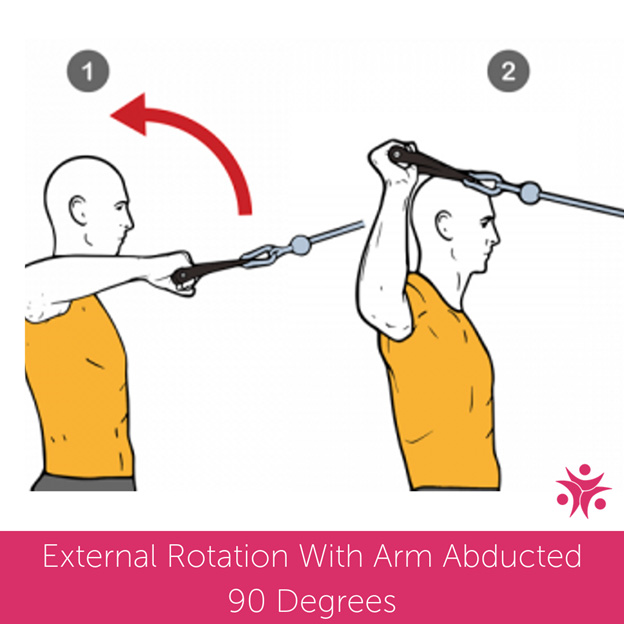
- Internal rotation: Using an elastic band, light hand weights, or without any resistance, stand with your elbow at your ribs, bent to a 90-degree angle with your wrist out in front of you. Bring your arm across your body keeping your elbow close to your ribs. Come back to the starting position and repeat. Repeat with the other arm.
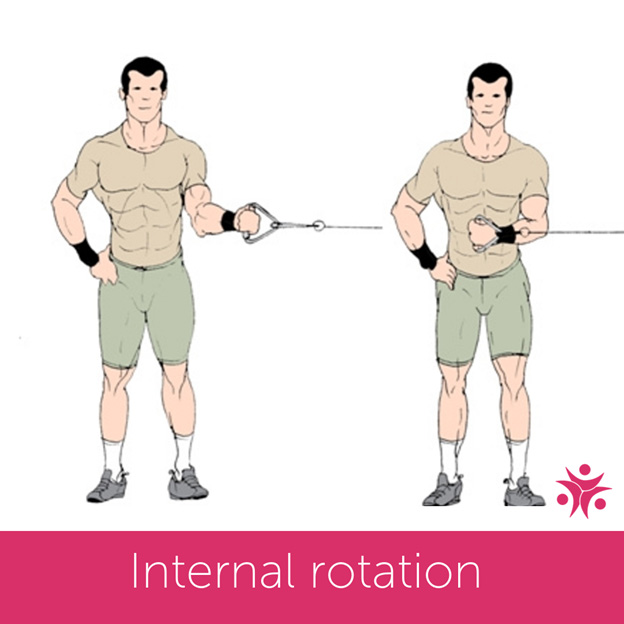
- External rotation: In the same starting position as described in the internal rotation exercise, instead of reaching across your body, open your arm away from your body while keeping your elbow at your ribs. Return to the start and repeat. Repeat with the other arm.
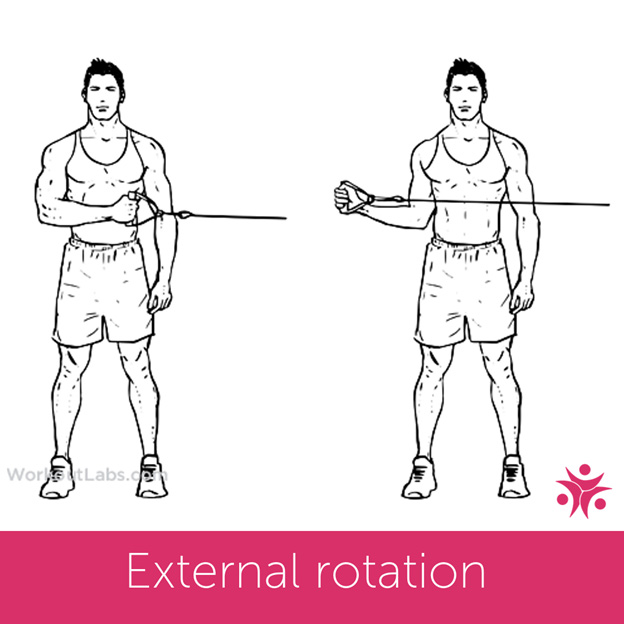
Bent-over single arm fly: With your left knee on a bench, bend over to rest your left hand on the same bench. With or without a light hand weight, let your right arm extend toward the ground. Keeping your right arm straight, lift your arm to come in line with your shoulder, palm facing down. Slowly return to the starting position and repeat. Repeat with the left arm.
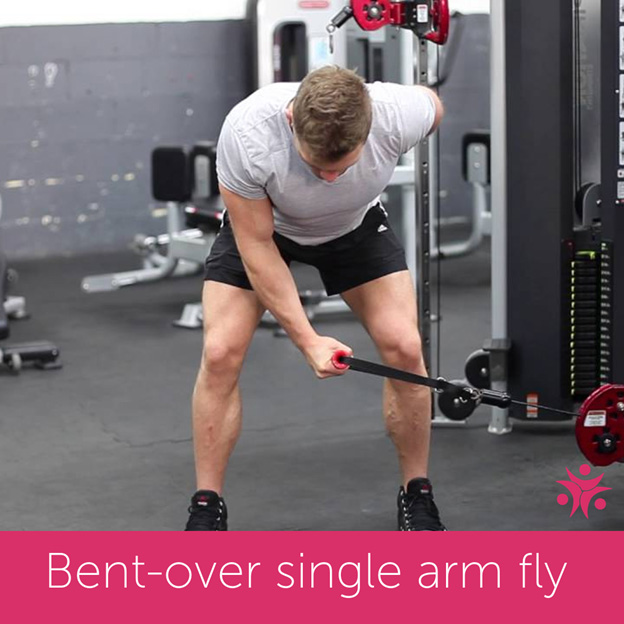
Before you work on these exercises at home, it’s imperative to see a physiotherapist who can help you determine proper technique and find a personalised program that’s made just for you. Always warm-up and cool down to avoid further injury, too.
Date Published: Tuesday, October 29, 2019
Locate a Mobile Physiotherapy
Service Near me
Get the experience & convinence you deserve to support your or a loved one's allied health needs.
Our Mobile Physiotherapy team are currently serving & taking appointments in the following states and regions in Australia:
Need to get into direct contact with ur Client Services team? We're all ears. Call our team directly on 1300 731 733








